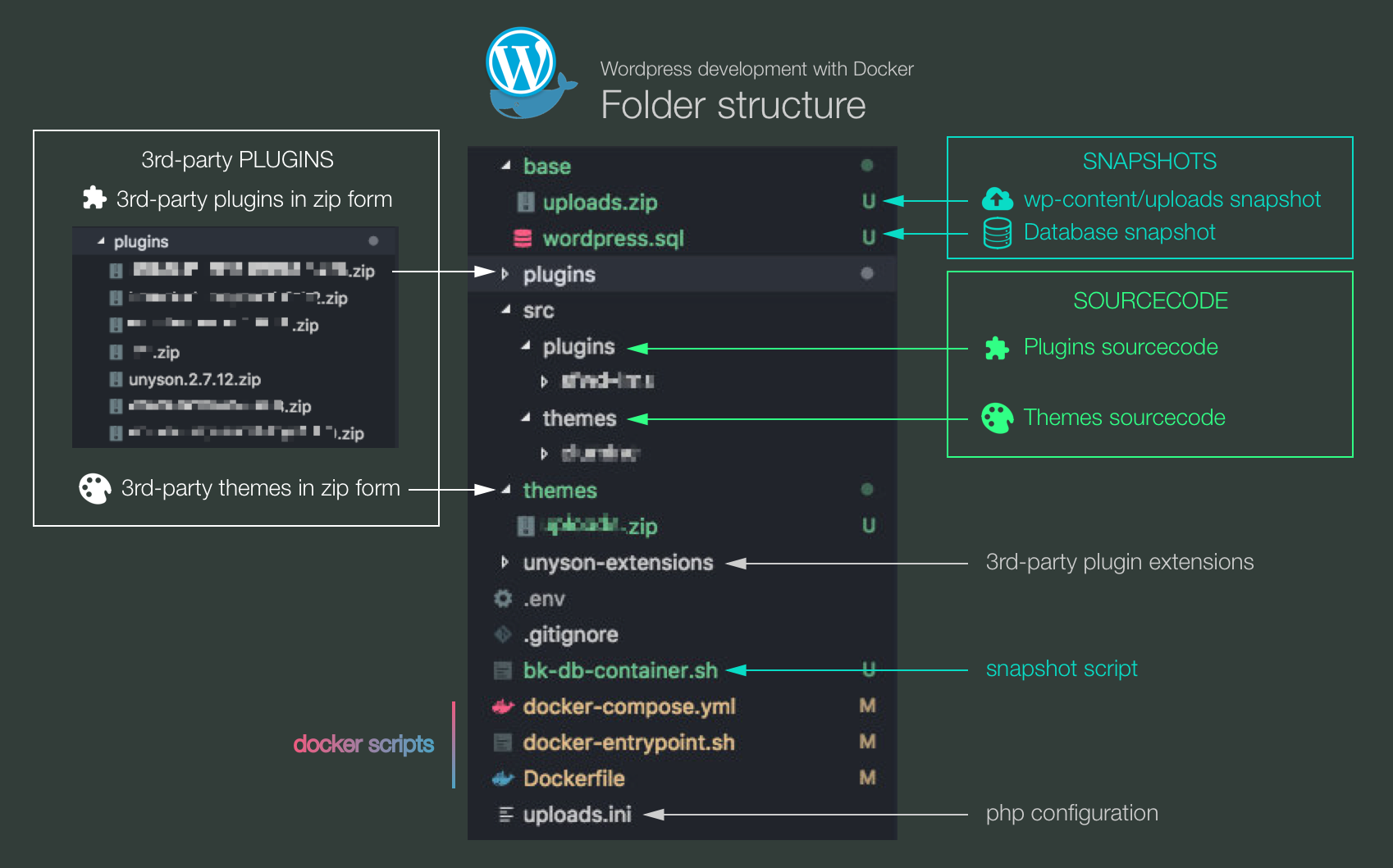

So my question would be, where that example string comes from. While I x-ed out the IP address of the destination server in this post (which is the value of the DEPLOY_HOST env var), it literally says in the error message. $ echo $CI_JOB_TOKEN | docker login -username gitlab-ci-token -password-stdin $CI_REGISTRY Įrror during connect: Post "": command has exited with exit status 255, please make sure the URL is valid, and Docker 18.09 or later is installed on the remote host: stderr=ssh: connect to host port 22: Connection refused

$ ] & echo -e "Host *\n\tStrictHostKe圜hecking no\n\n" > ~/.ssh/config The error in the job log looks like that: Executing "step_script" stage of the job script 00:04 docker run -name mycontainer -detach $CI_REGISTRY_IMAGE echo $CI_JOB_TOKEN | docker login -username gitlab-ci-token -password-stdin $CI_REGISTRY '] & echo -e "Host *\n\tStrictHostKe圜hecking no\n\n" > ~/.ssh/config' This option exposes an access token instead of logging in through the Docker CLI.I am trying to have a Docker image deployed to my server by GitLab CI, but it only worked once¹ and then dies with the error message below. For example, you might need to run az acr login in a script in Azure Cloud Shell, which provides the Docker CLI but doesn't run the Docker daemon.įor this scenario, run az acr login first with the -expose-token parameter. In some cases, you need to authenticate with az acr login when the Docker daemon isn't running in your environment. For cross-service scenarios or to handle the needs of a workgroup or a development workflow where you don't want to manage individual access, you can also log in with a managed identity for Azure resources. For some scenarios, you may want to log in to a registry with your own individual identity in Azure AD, or configure other Azure users with specific Azure roles and permissions. Using az acr login with Azure identities provides Azure role-based access control (Azure RBAC). If your token expires, you can refresh it by using the az acr login command again to reauthenticate. Not currently integrated with AD identityĪlso use az acr login to authenticate an individual identity when you want to push or pull artifacts other than Docker images to your registry, such as OCI artifacts.įor registry access, the token used by az acr login is valid for 3 hours, so we recommend that you always log in to the registry before running a docker command.

Interactive push/pull to repository by individual developer or tester Unattended pull from repository by individual system or external device Single account per registry, not recommended for multiple usersĭocker login az acr login in Azure CLI Connect-AzContainerRegistry in Azure PowerShell Kubernetes pull secret Interactive push/pull by individual developer or tester Portal deployment of image from registry to Azure App Service or Azure Container Instances Unattended pull to AKS cluster from registry in another AD tenant Only available with AKS cluster Can't be used for cross-tenant authenticationĮnable when AKS cluster created or updated Unattended pull to AKS cluster in the same or a different subscription Use only from select Azure services that support managed identities for Azure resourcesĪttach registry when AKS cluster created or updated Unattended push from Azure CI/CD pipeline Unattended pull to Azure services Unattended push from CI/CD pipeline Unattended pull to Azure or external servicesĭocker login az acr login in Azure CLI Connect-AzContainerRegistry in Azure PowerShell Interactive push/pull by developers, testersĭocker login az acr login in Azure CLI Connect-AzContainerRegistry in Azure PowerShell Registry login settings in APIs or tooling Kubernetes pull secret MethodĪzure role-based access control (Azure RBAC)Īz acr login in Azure CLI Connect-AzContainerRegistry in Azure PowerShell The following table lists available authentication methods and typical scenarios. If you use a container registry with Azure Kubernetes Service (AKS) or another Kubernetes cluster, see Scenarios to authenticate with Azure Container Registry from Kubernetes. Applications and container orchestrators can perform unattended, or "headless," authentication by using an Azure Active Directory (Azure AD) service principal.Authenticate to a registry directly via individual login.There are several ways to authenticate with an Azure container registry, each of which is applicable to one or more registry usage scenarios.


 0 kommentar(er)
0 kommentar(er)
